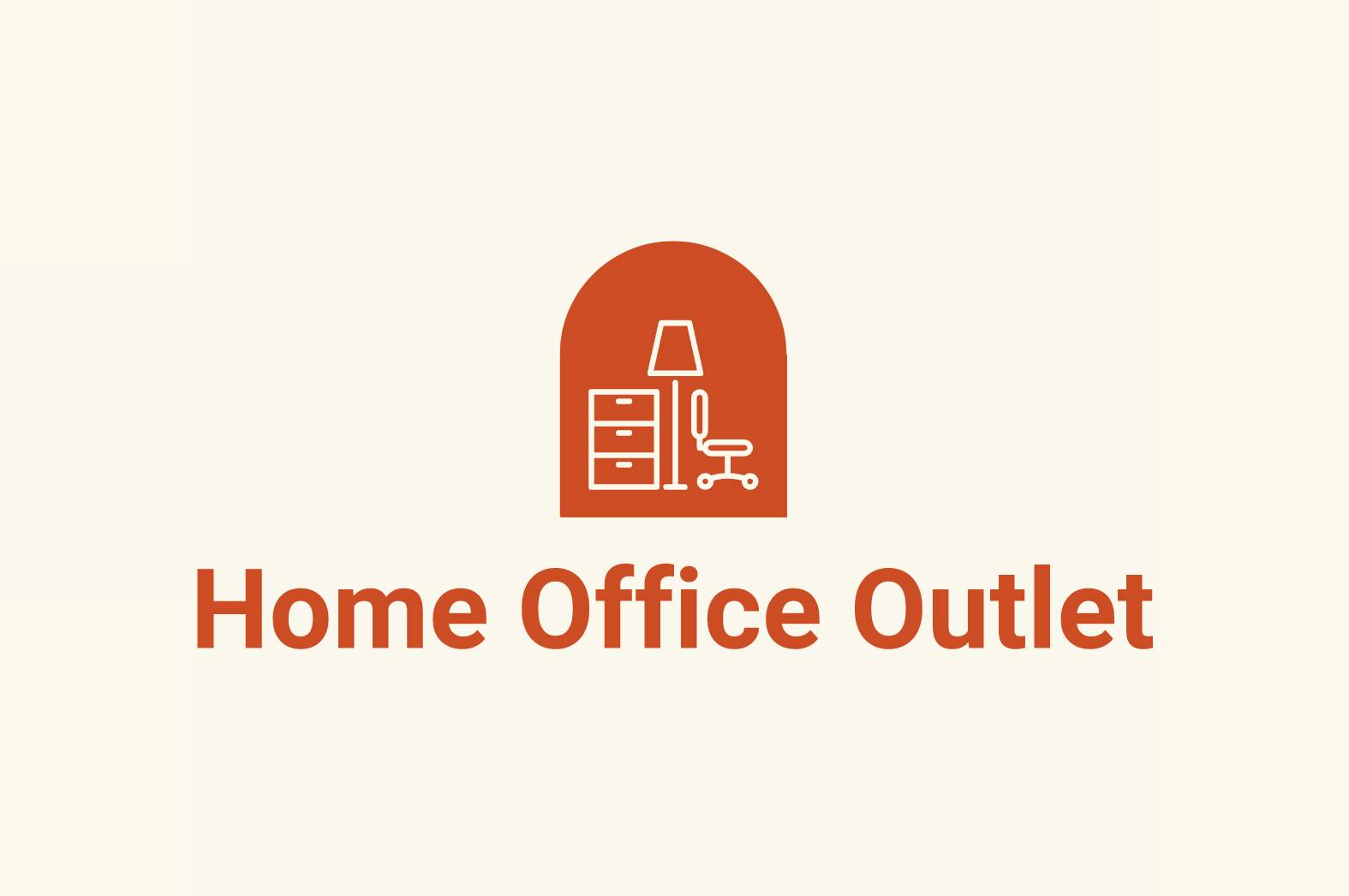
So much for a paper free future. Every single home office and business seems to generate and collect paper, and we all need somewhere to store it all. This is where filing cabinets and quality shelving for your home office come into the picture.
When considering purchasing shelving for your home office, there are a few key factors to keep in mind.
It’s natural to want to buy shelving for your home office for many reasons. It can be a fun way to personalise your space, it can offer a place to store your stuff, and perhaps most importantly it can be an investment that will keep you organised and more productive at work.
We’ve put together a guide on the very popular design trends of shelving for home offices which we think you might find interesting.
A home office is a place to do work and relax. Whether you will be using it daily as part of a remote job, or just working in there a few evenings a week whilst doing study, having access to shelving that can support the weight of your equipment can help you stay organised and keep things neat and tidy.
Which type of shelving?
This all really depends on the type of items you plan to store, and how much you have. You want to overcompensate here, so you have spare room on your shelves, not be short of space.
In cases where multiple items are stored on the same shelf, the best solution for each item is different. To help you out, we’ve compiled some items that are often found in home offices. You may find there are often have other uses:
- Bookshelves for books
- Bookshelves for magazines
- Bookshelves for electronic devices
- Shelving for random objects (e.g., knick knacks)
- Shelving for media centre/games/DVD etc
- If you want the shelving to be easily accessible, consider getting shelves that are adjustable.
Shelving is one of the most important elements in your home office. It can help you organise, showcase and protect your stuff. Alternatively, it can just be a place to put things that clutter the space. The best way to decide which kind of shelving will work best in your home office is to consider how you plan on using it and what you have available to store things in.
There are two main types of shelving: open shelves and closed shelves. Open shelves are used for holding larger items such as books and papers. Closed shelves have doors on them, which help hide the clutter, and are often better suited for smaller items that are stacked up on the shelves.
Closed shelves tend to be more stable than open shelves because they have a frame that holds them together. Open shelves do not have this support structure and must be moved around by hand every so often for storage purposes.
Which type of shelf works best for you depends on how many items will be stored on each shelf. Also whether you want any kind of supporting structure between the shelf and the wall. Overall, there are advantages and disadvantages whether you choose an open or a closed shelf. There’s no reason why they should always be different — especially if they cost less because they aren’t!
An open wall-mounted shelf unit with four shelves can be a fairly cost effective solution, and most of these typically store up to 150 kilograms of items per shelf, however each brand and shelving unit is different, so always check the manufacturers advice.

- Budget four shelf shelving unit (Source)
Make sure it is safe
If you plan to store heavy or bulky items, make sure to get shelving that can support the weight. You don’t want them to collapse or topple over.
Most shelving units are supplied with fixtures to drill into the wall at the top. Always ensure you do this, and make sure that the shelving is level and safe before using it.
Measure your home office space
It goes without saying that you must make sure to properly measure your home office space where you plan to put the shelving before making a purchase.
The first step is deciding how much space you need for your bookshelves. You will want to choose a platform that can accommodate multiple rows of books and a thickness that won’t scratch or damage any other furniture in the room (especially if it’s still new furniture).
You should also consider where you plan on placing your shelves so as not to block any light or view points (especially if it’s a bright room). If it is going behind your home office sofa, is there room to access it easily? Those sort of thoughts and considerations.
Last but not least, be sure to measure the space where you plan on placing your shelves (you can do this by putting down objects like paper clips or bolts of thread in order to measure how many shelves will fit) and check what type of shelving is needed for that space.

Six shelf timber bookcase (Source)
What is your home office shelving budget?
Take your time to look around at a number of options, before setting yourself a reasonable budget. Whilst it is nice to consider having a carpenter come and design and install built in shelving for your home office, for many of us the cost is prohibitive.
That doesn’t mean you need to accept cheap and nasty though. There are plenty of beautiful home office shelving options out there to consider.
Other considerations
So what should you look for when considering purchasing shelving for your home office?
It’s easy to say you want the shelving to be easily accessible. That’s great, but you need to look at the details behind the scenes.
When it comes to shelving in your home office or den, there are a few considerations that can help make it function more effectively. Is there still room for some nice wall art on your home office walls?
For one thing, you need to think about how long you will be using your shelving. Are they likely to be used every day? Will it be used only for work materials? Do you want the shelves to be functional and functional only?
There are also considerations around how many people will use the shelving unit. How much space do you have? Do you have a lot of furniture in the room or will only a small area suffice?
If there is not enough space for an entire unit, then consider whether one or two pieces of shelving can adequately hold all of your things.
Conclusion
There are a few things to keep in mind when purchasing shelving for your home office. Consider the type of items you plan to store, the weight capacity you need, and the accessibility of the shelves. Also, don’t forget to measure the space before making a purchase!
We hope that you found this guide helpful in narrowing down your options, and helping you make the right selection of shelving for your home office.
